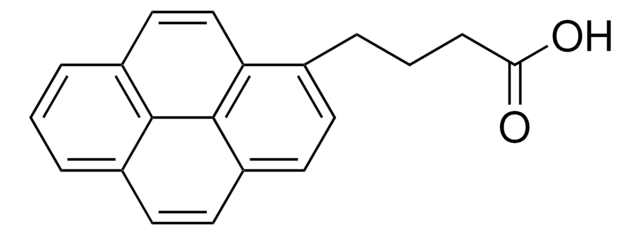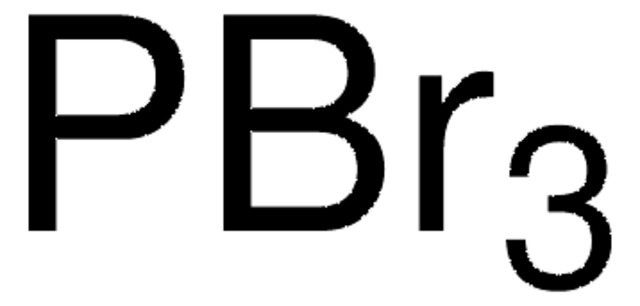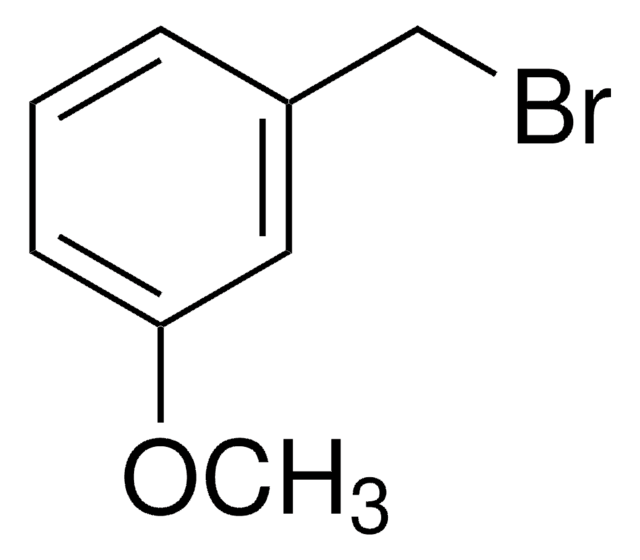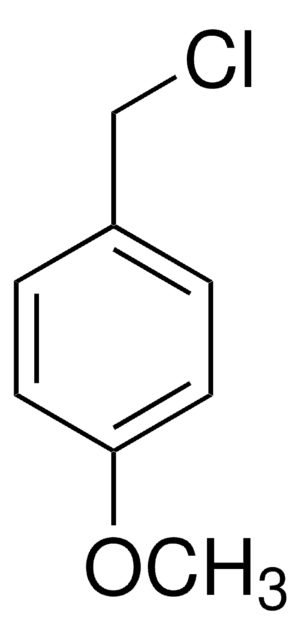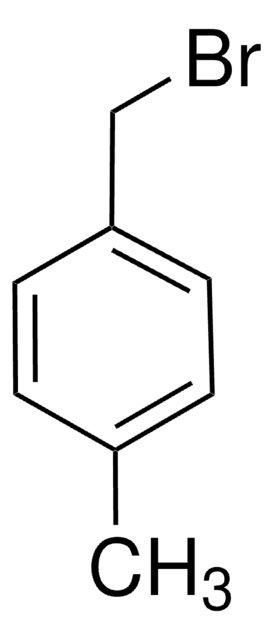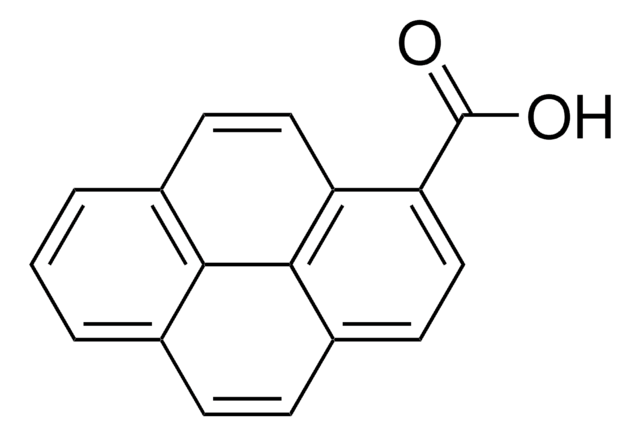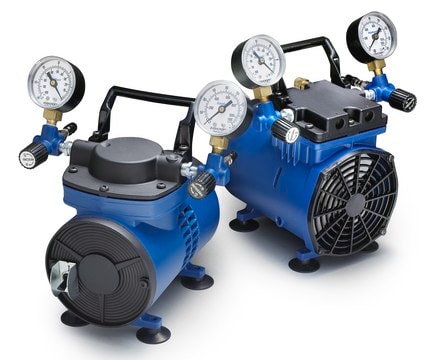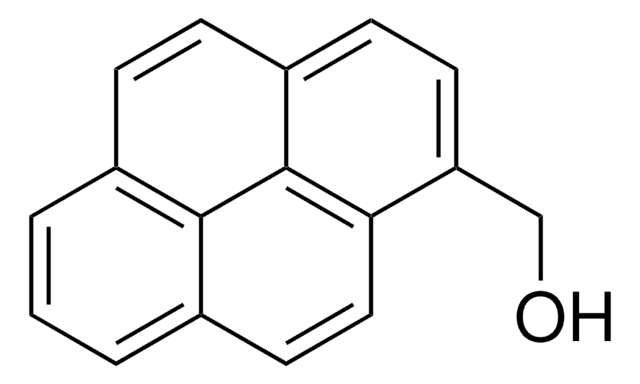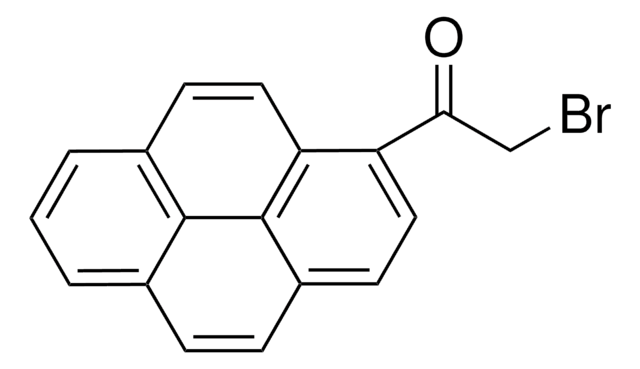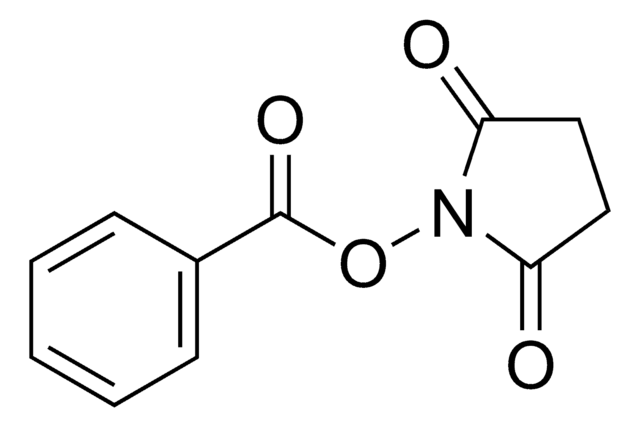457078
1-Pyrenebutyric acid N-hydroxysuccinimide ester
95%
Sinonimo/i:
N-Hydroxysuccinimidyl Pyrenebutanoate; 2,5-Dioxopyrrolidin-1-yl 4-(pyren-1-yl)butanoate
About This Item
Prodotti consigliati
Livello qualitativo
Saggio
95%
Stato
powder, crystals or chunks
Composizione
Carbon: 70.7-78.9%
tecniche
titration: suitable
Colore
faint beige
Punto di fusione
132-136 °C (lit.)
applicazioni
diagnostic assay manufacturing
hematology
histology
Temperatura di conservazione
room temp
Stringa SMILE
O=C(CCCc1ccc2ccc3cccc4ccc1c2c34)ON5C(=O)CCC5=O
InChI
1S/C24H19NO4/c26-20-13-14-21(27)25(20)29-22(28)6-2-3-15-7-8-18-10-9-16-4-1-5-17-11-12-19(15)24(18)23(16)17/h1,4-5,7-12H,2-3,6,13-14H2
YBNMDCCMCLUHBL-UHFFFAOYSA-N
Descrizione generale
Applicazioni
Altre note
Avvertenze
Warning
Indicazioni di pericolo
Consigli di prudenza
Classi di pericolo
Eye Irrit. 2 - Skin Irrit. 2 - STOT SE 3
Organi bersaglio
Respiratory system
Codice della classe di stoccaggio
11 - Combustible Solids
Classe di pericolosità dell'acqua (WGK)
WGK 3
Punto d’infiammabilità (°F)
Not applicable
Punto d’infiammabilità (°C)
Not applicable
Dispositivi di protezione individuale
dust mask type N95 (US), Eyeshields, Gloves
Scegli una delle versioni più recenti:
Possiedi già questo prodotto?
I documenti relativi ai prodotti acquistati recentemente sono disponibili nell’Archivio dei documenti.
I clienti hanno visto anche
Il team dei nostri ricercatori vanta grande esperienza in tutte le aree della ricerca quali Life Science, scienza dei materiali, sintesi chimica, cromatografia, discipline analitiche, ecc..
Contatta l'Assistenza Tecnica.